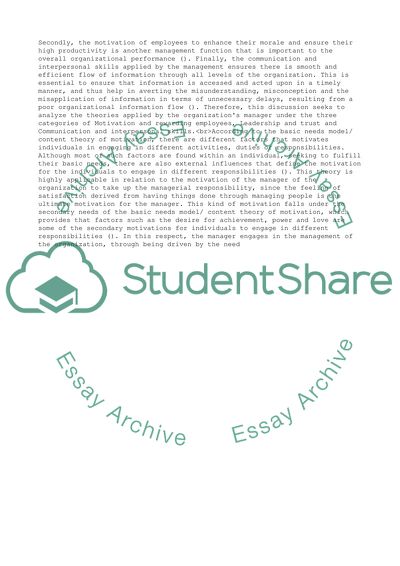Cite this document
(Theories Assignment Example | Topics and Well Written Essays - 1500 words, n.d.)
Theories Assignment Example | Topics and Well Written Essays - 1500 words. https://studentshare.org/management/1817555-theories
Theories Assignment Example | Topics and Well Written Essays - 1500 words. https://studentshare.org/management/1817555-theories
(Theories Assignment Example | Topics and Well Written Essays - 1500 Words)
Theories Assignment Example | Topics and Well Written Essays - 1500 Words. https://studentshare.org/management/1817555-theories.
Theories Assignment Example | Topics and Well Written Essays - 1500 Words. https://studentshare.org/management/1817555-theories.
“Theories Assignment Example | Topics and Well Written Essays - 1500 Words”. https://studentshare.org/management/1817555-theories.


